Materials
So to start off, you should go out and purchase the materials that you will need. I have spoken about this in a previous post here. I have updated it with links of the materials that I recommend. That doesn't mean that you have to buy these products from Dick Blick, etc., but it gives you an idea of what you are a looking for. Some of the materials are readily available on Amazon, in craft stores such at Michael's and A.C. Moore and Jo Ann's Fabrics. Compare prices and always go with professional grade over student grade. If you have a budget, and everyone does, buy only a few things to get you started, the minimum that you should have is some paints, some ink, some brushes, some paper, pencils, paint tray and some pens (crow quill and calligraphy), paper cups for water. You will also need a container for these things. Any bin will suffice and you can go as fancy or as utilitarian as you like. Eventually you will outgrow it once you get hooked, but at first you will want to have a clean storage bin for your materials.
Resources/Research
Before you start, take a look at artwork during the time between 500 A.D. to 1603 A.D. There are quite a few books out there that show you photographs of the art, but the internet has exploded with examples. One quick google search of "16th Century illuminated manuscripts" and click on images will give you scores of examples to look at. You do have to be careful and make sure that it is not someone's artwork that they have made such as printables or reproductions or someone's award scroll that they have made. Look for date, attribution and even the website where it is from. There are a lot of colleges, museums and libraries that are now making digitized manuscripts available for those interested in that type of research so they are out there. Find something that you like, that you believe to be in your ability. It doesn't have to be the whole exemplar, it can be just a small part of it that is interesting to you, such as the initial letter, some pretty vine work, or a background design. Print it out for yourself to use while you draw and paint.
Ready, set..........
Find yourself a clean space to work. It should have sufficient light. Your first couple of tries are just to get comfortable with the materials. Get a pencil, brush, the paint you are going to try, a crow quill pen, black ink, water for cleaning your brush, distilled water for adding to the paint, a pipette or eye dropper and paper.
Have what you are copying nearby. I usually stick it up with my blue painter's tape on the mirror right in front of me, but do what works best for you.
With the pencil, sketch out your piece. The first one should be fairly simple.
If the paint is too dry, add water, if it gets too wet, either add a little paint, or walk away for a while so that the paint dries a bit. This part may take some practice. That is why you use a pipette and put in one drop of water and mix. For the paint above it took three drops of water to get the right consistency.
I try to work from left to right or top to bottom so that I don't end of putting my hand/arm across already wet paint. Don't go back over the paint once you have set it down as this will cause streaks. Let is dry and then check your work. It should look all one color and smooth.
You will need to do this a couple of times in order to get the hang of it.
Please post in the comments if this is helpful, what questions you have, and what you would like to see next.
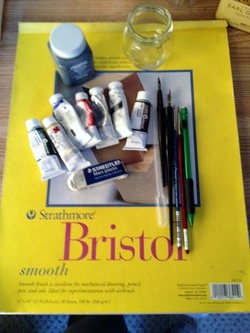
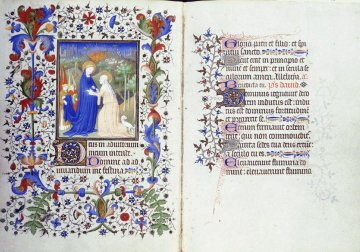
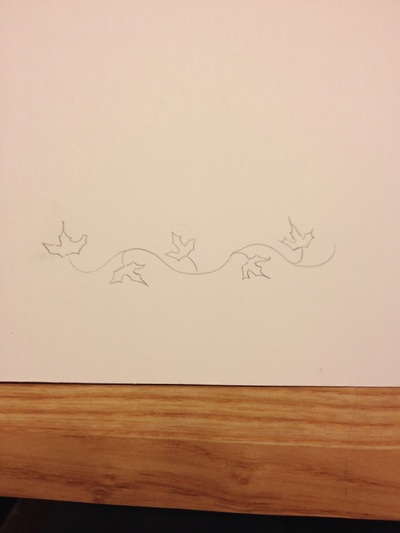
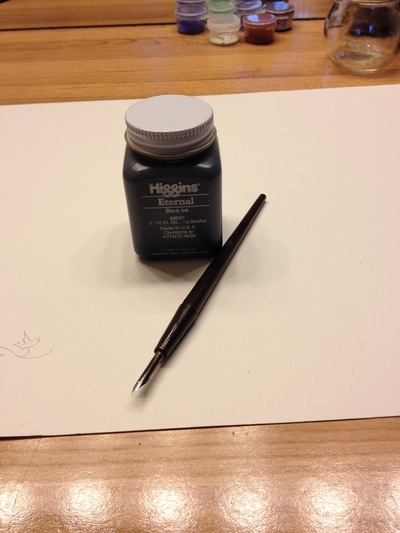
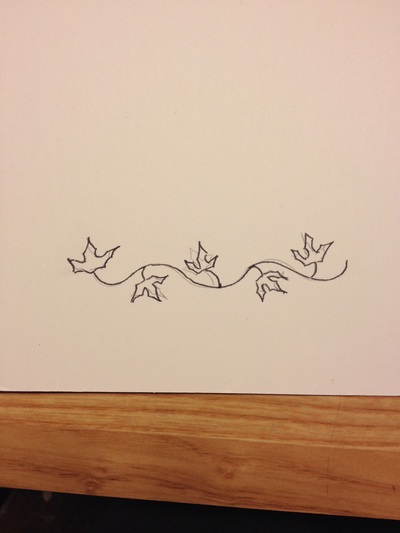
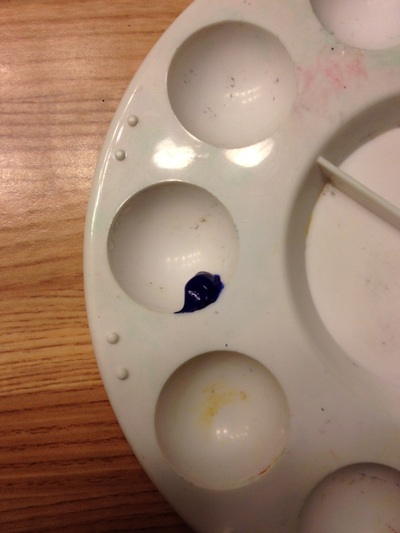
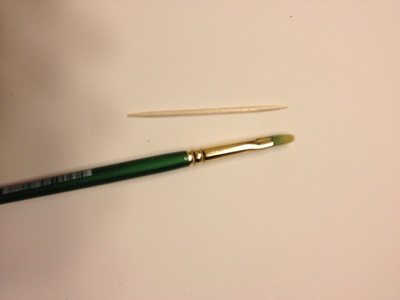
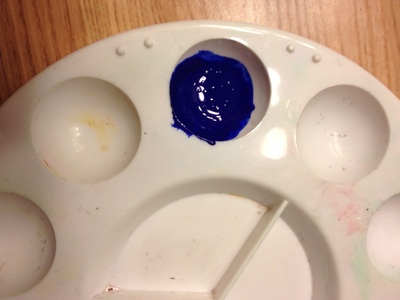
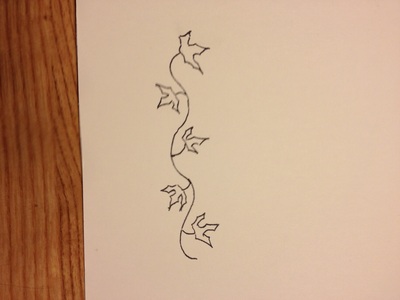
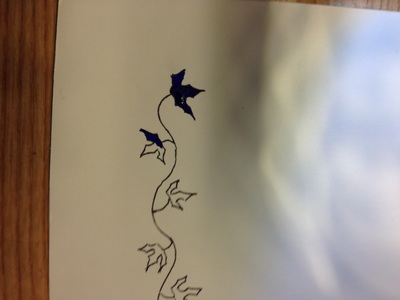
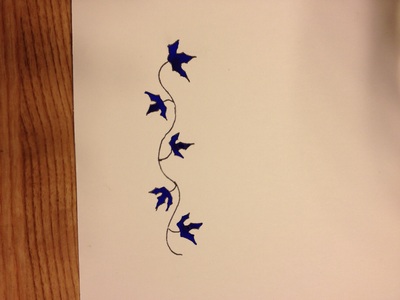
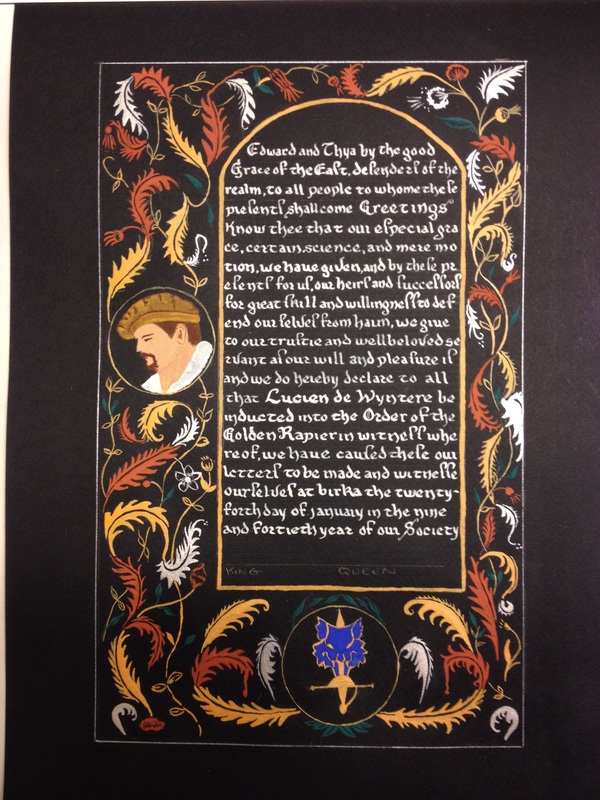
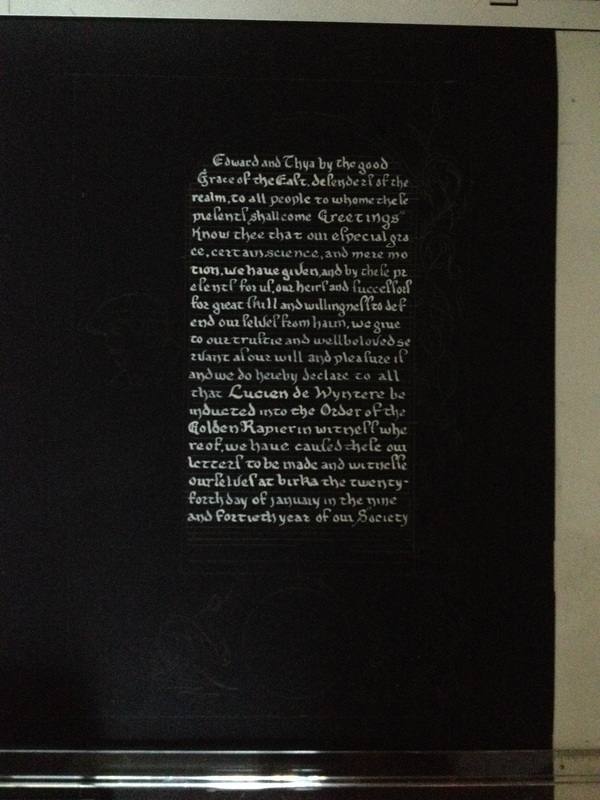
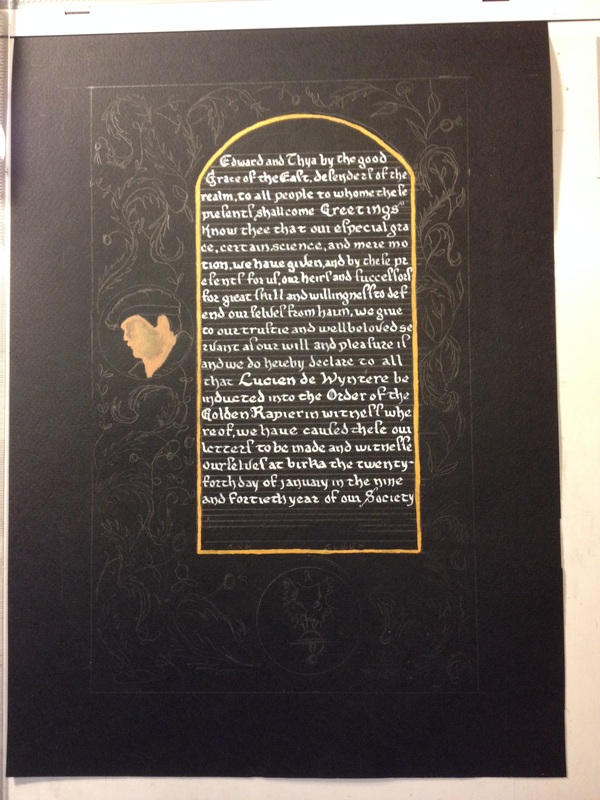
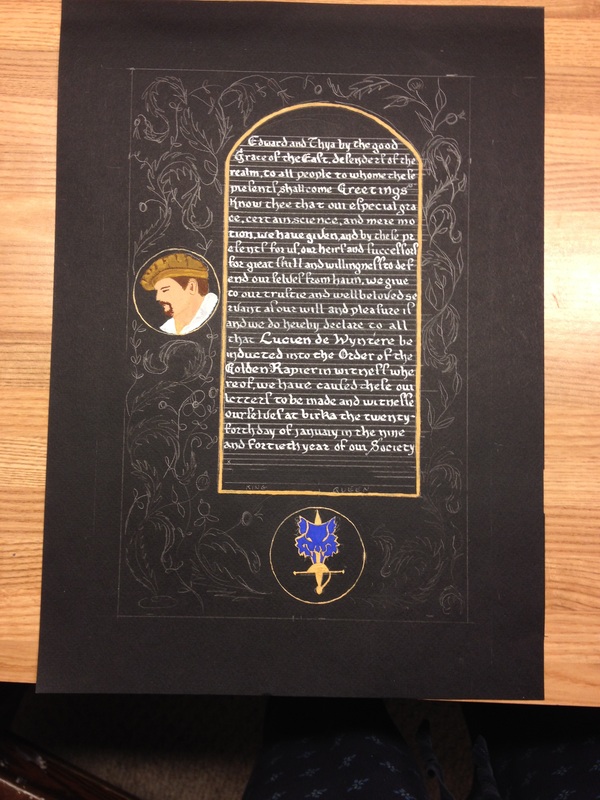
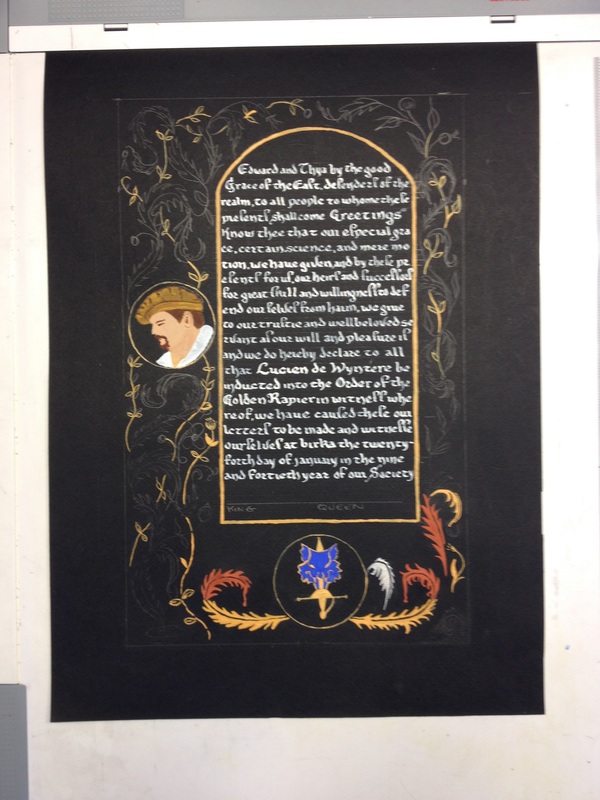
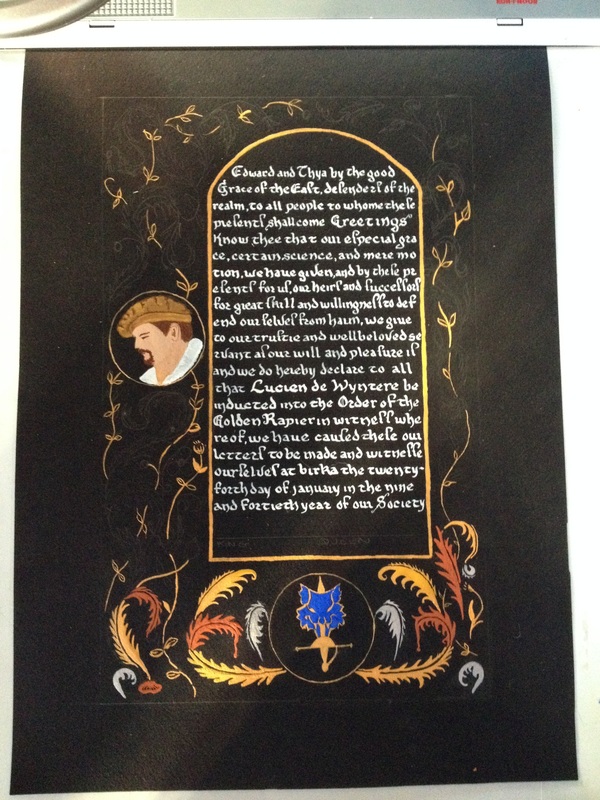
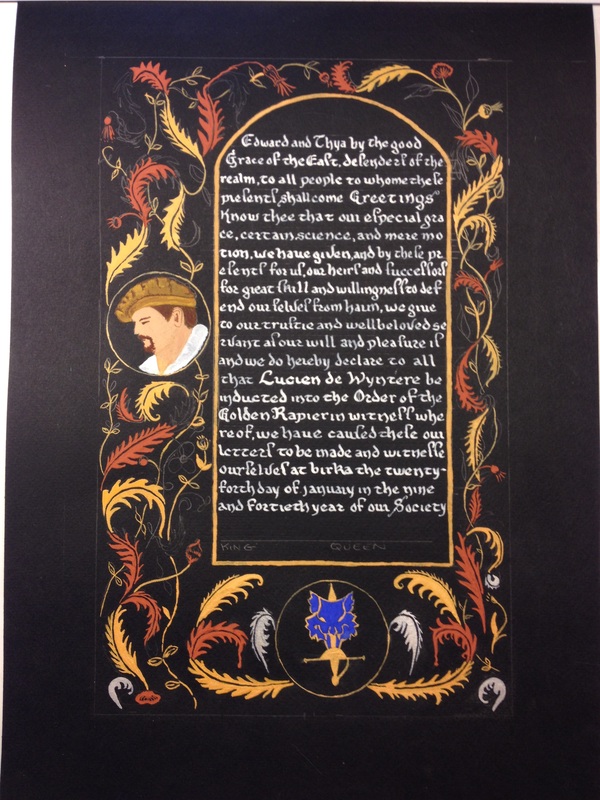
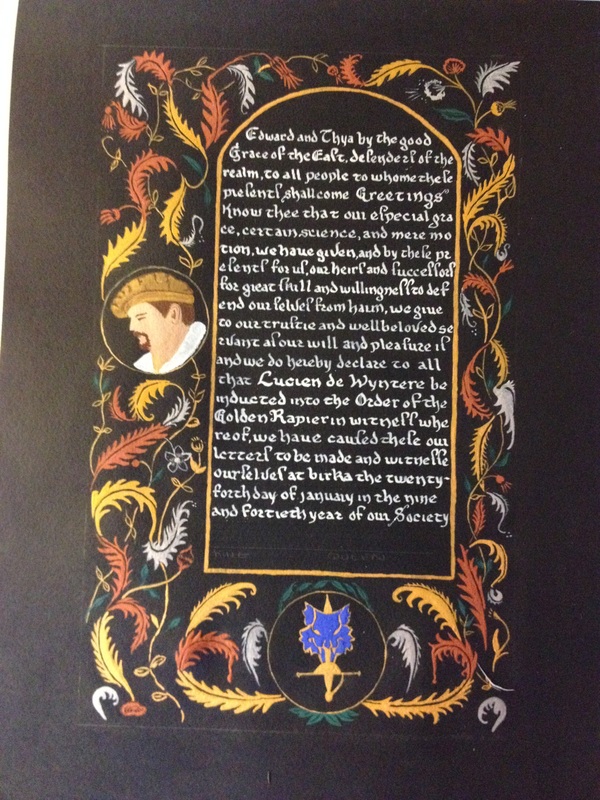
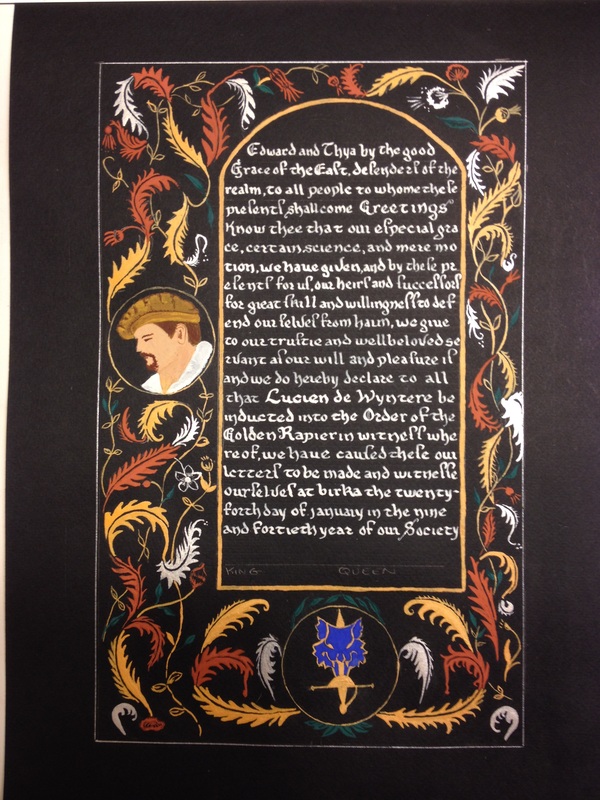
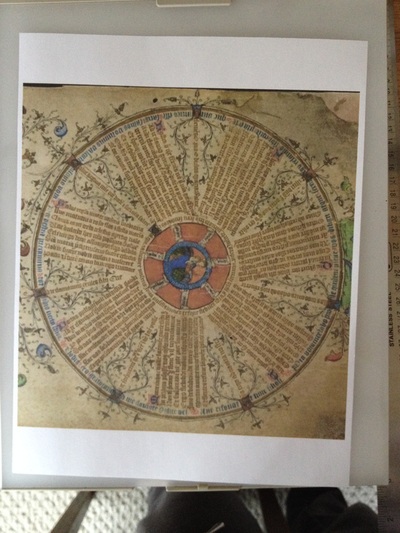
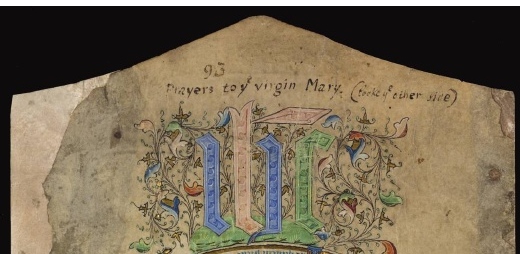
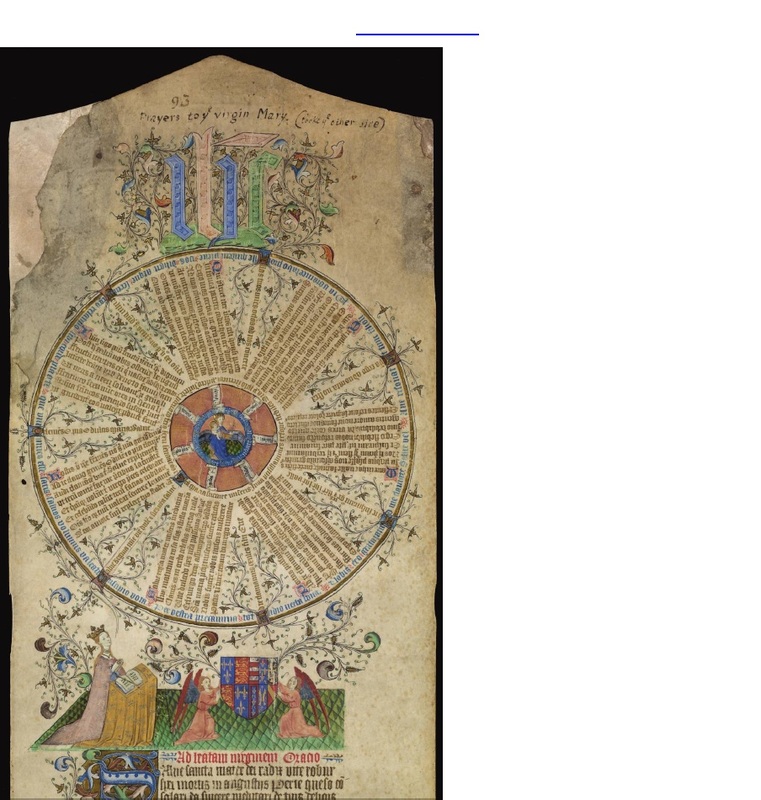
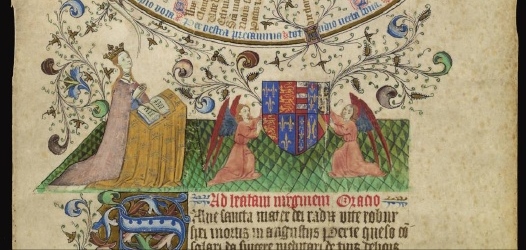
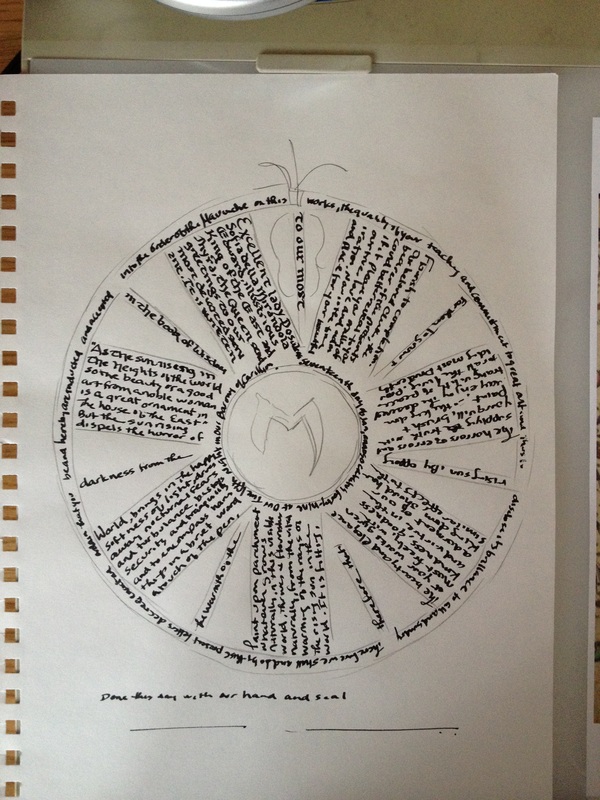
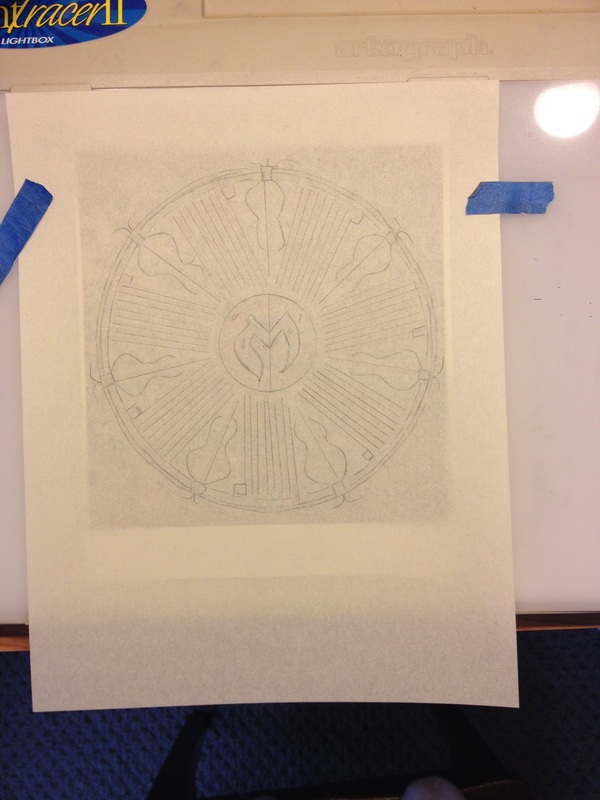
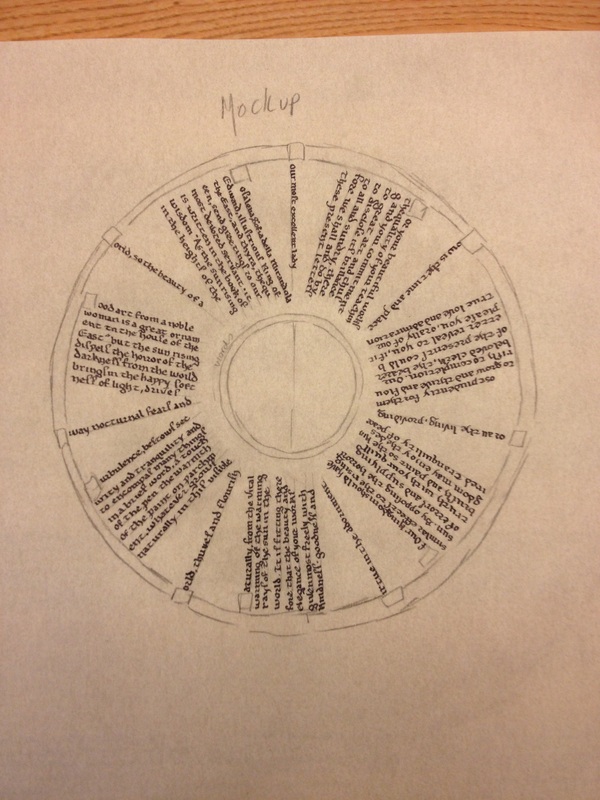
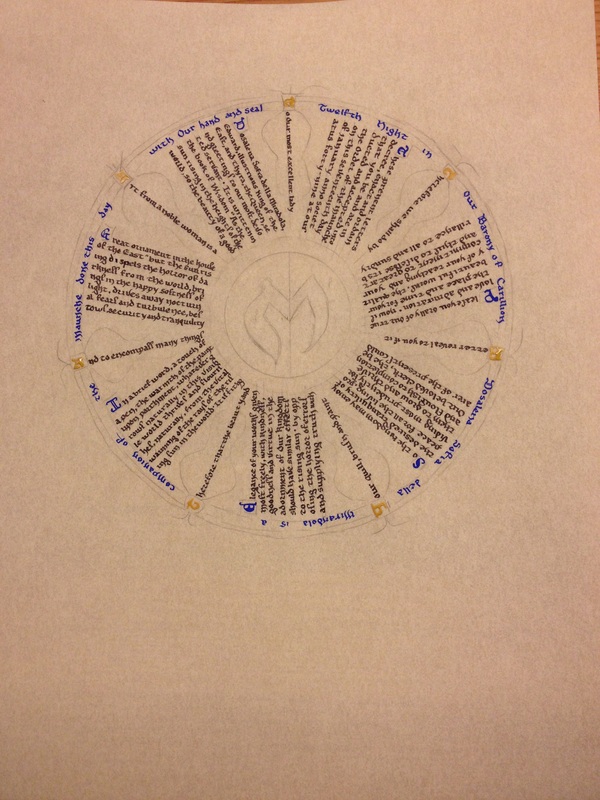
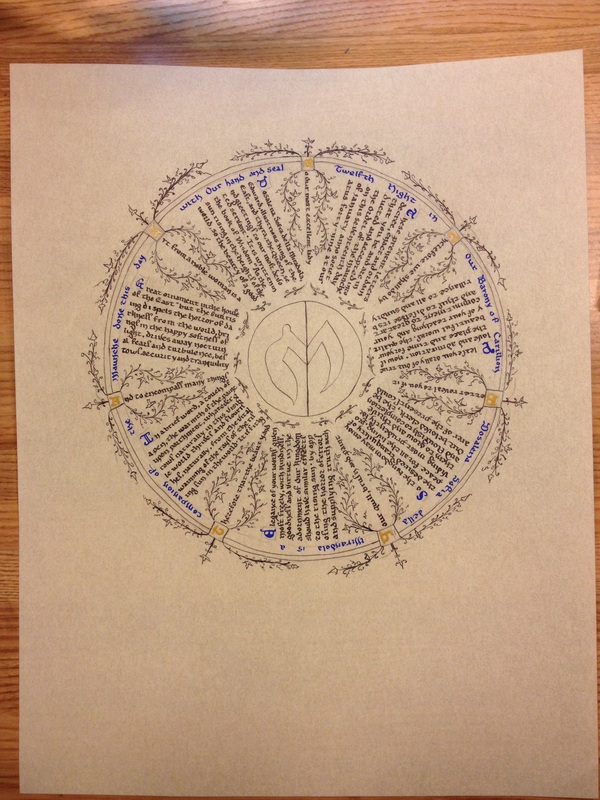
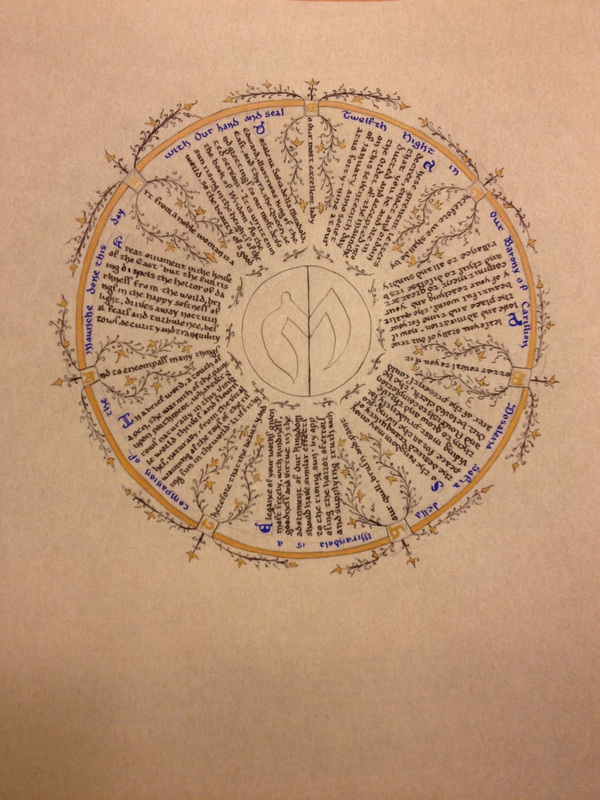
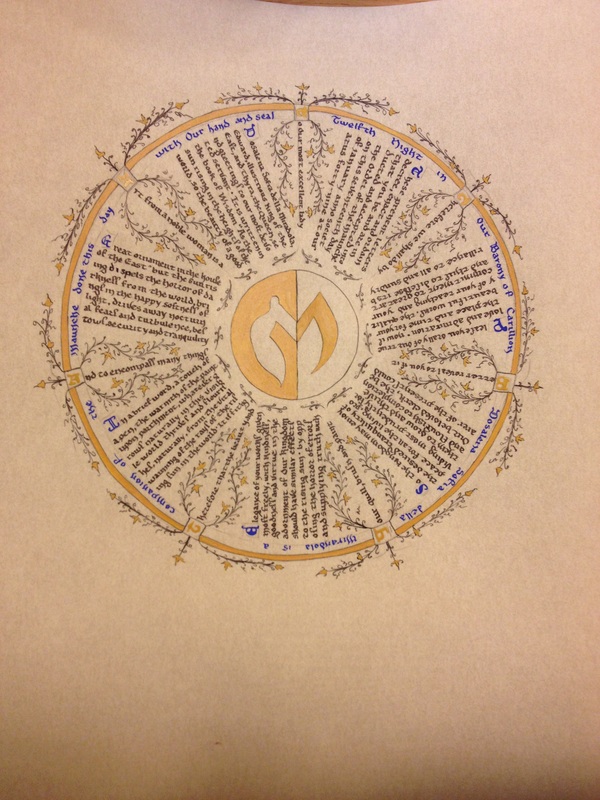
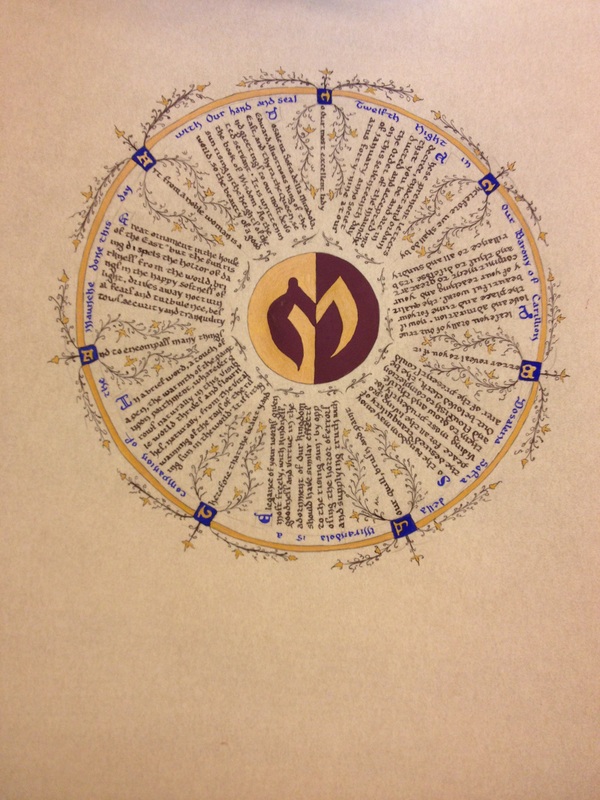
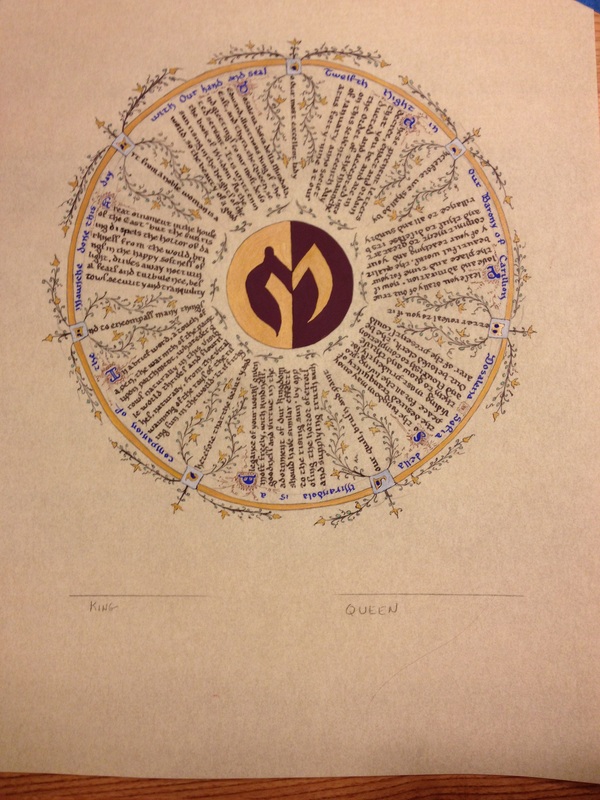
 RSS Feed
RSS Feed
